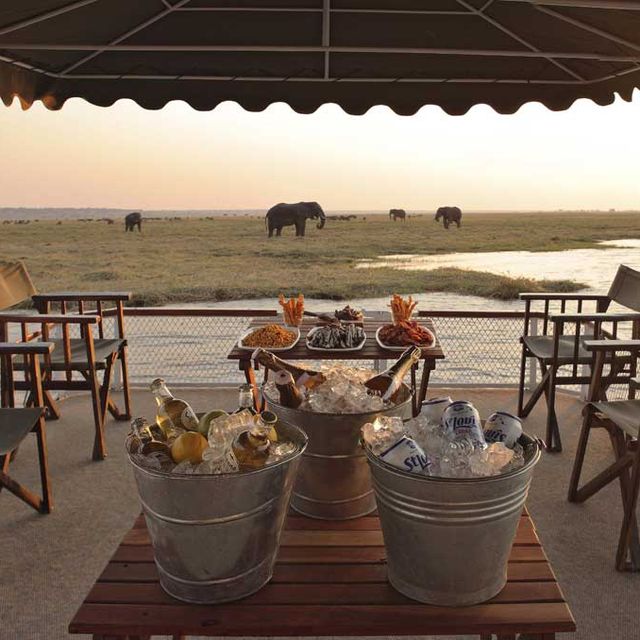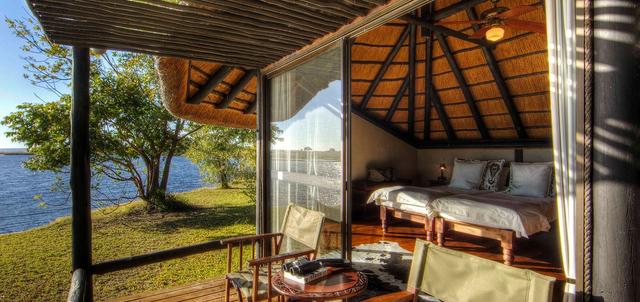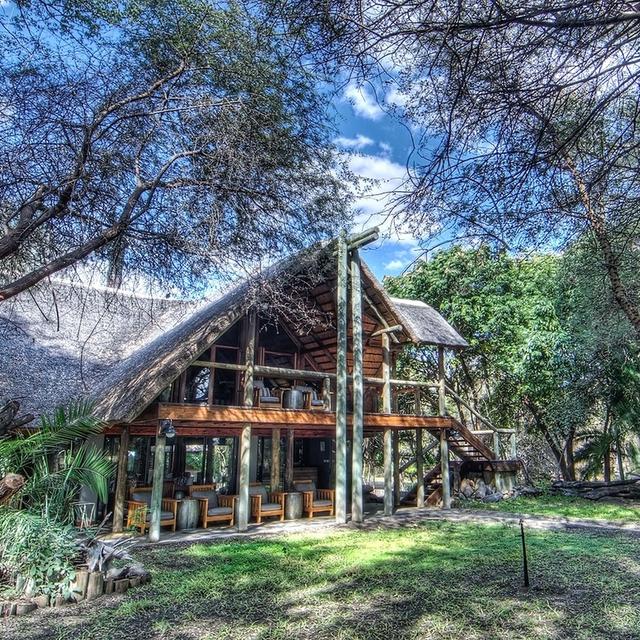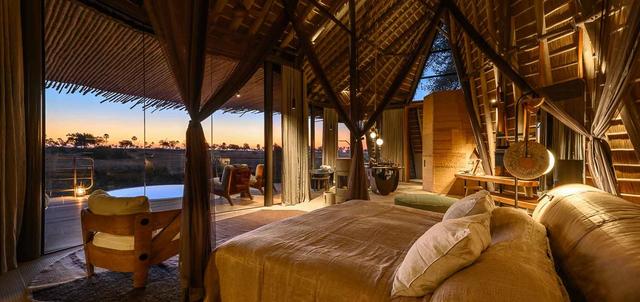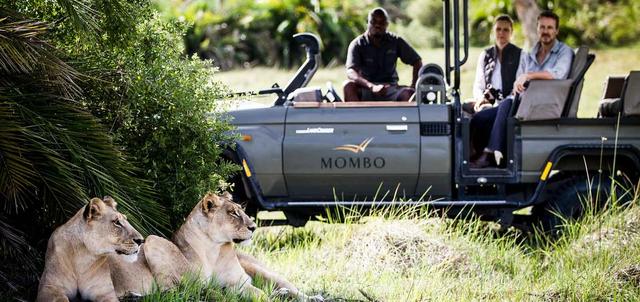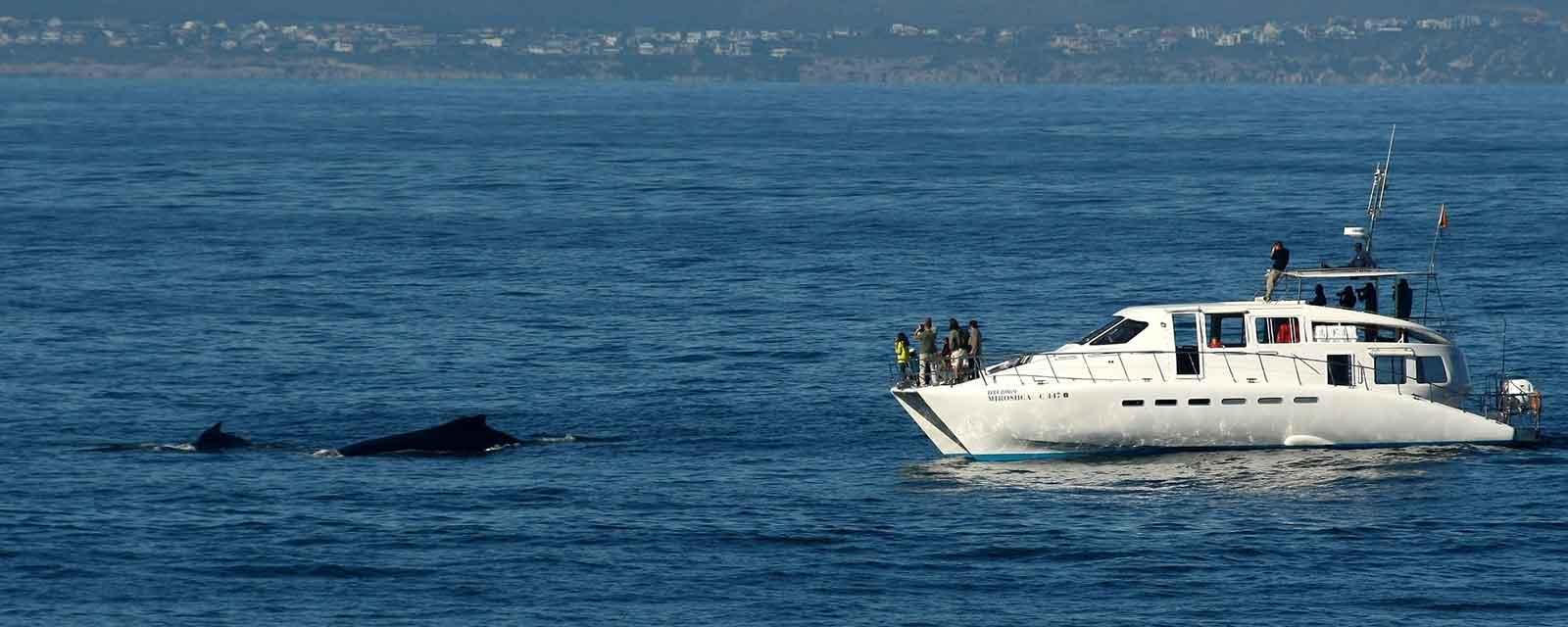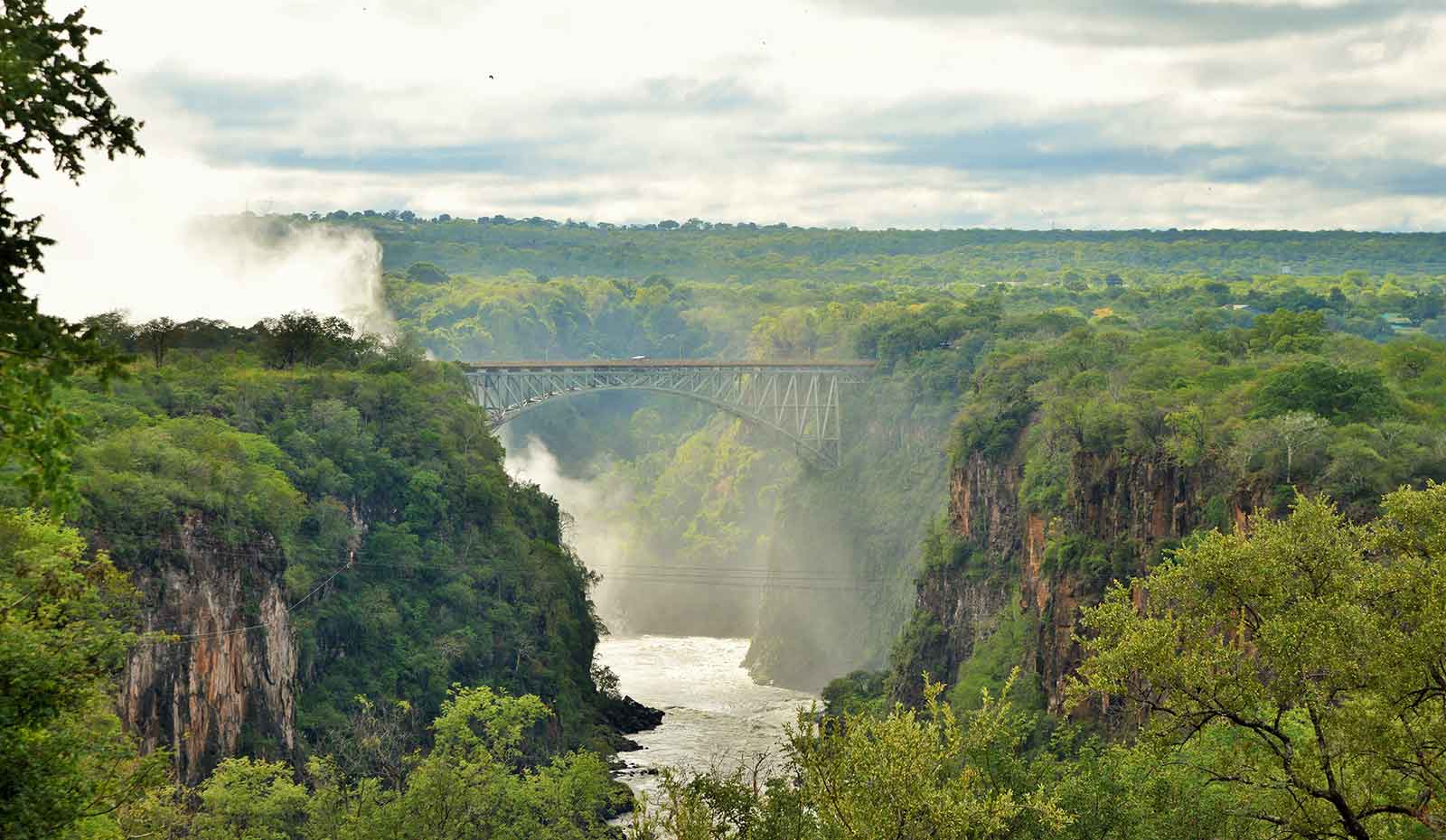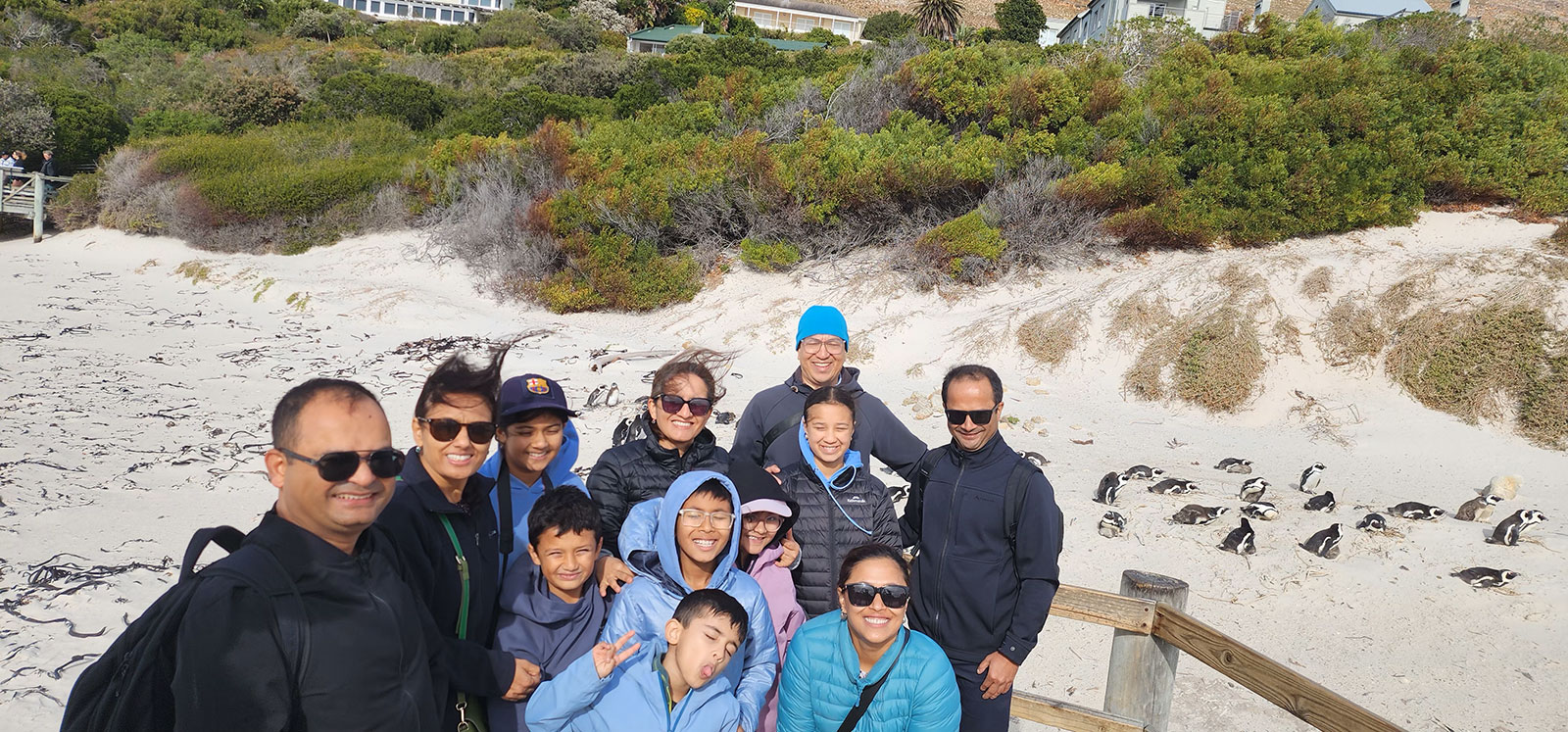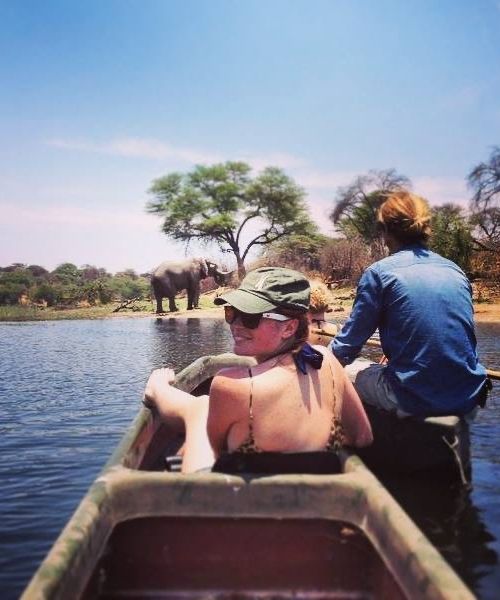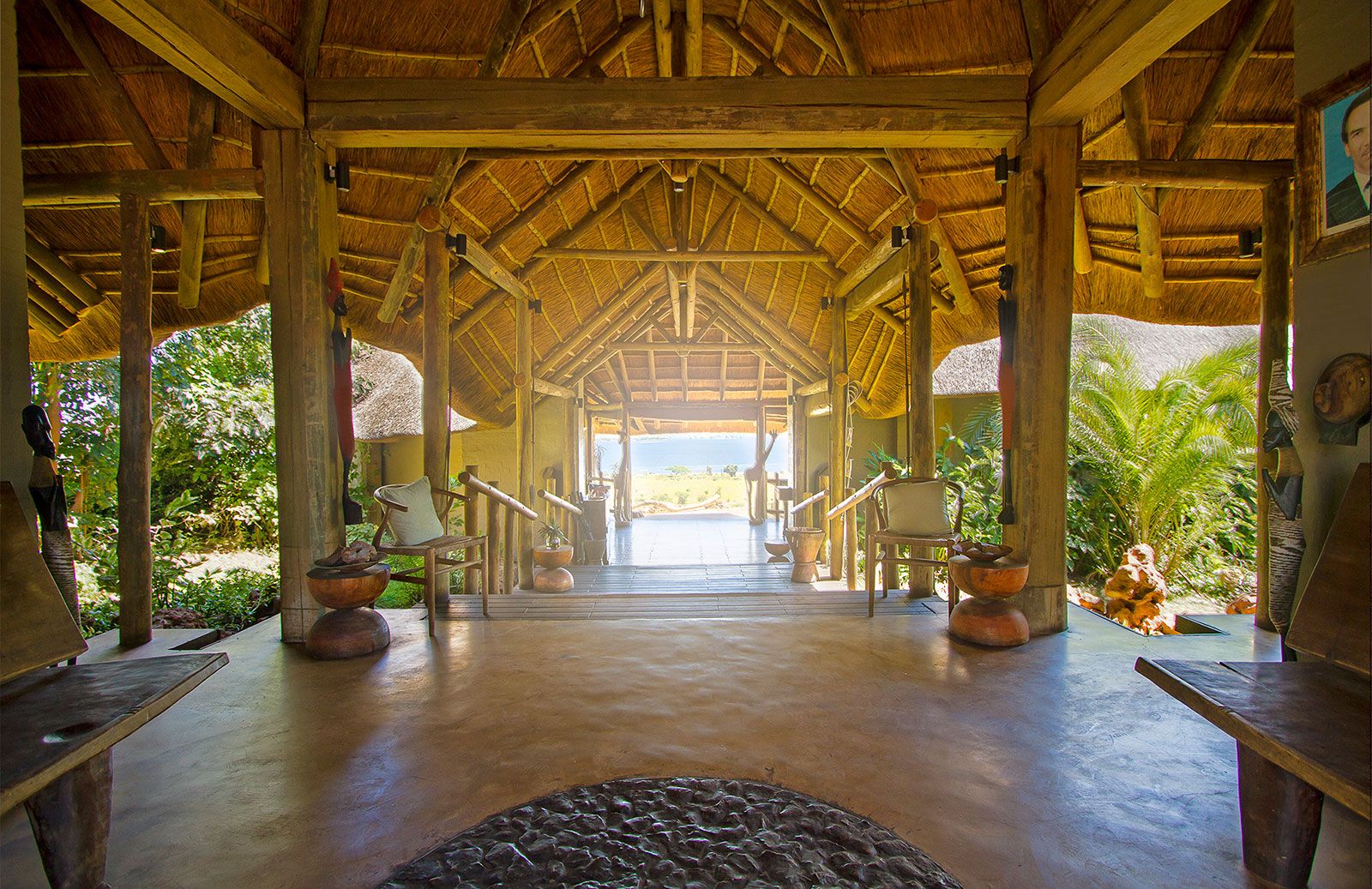
Ngoma Safari Lodge
Ngoma Safari Lodge is located within the Chobe Forest Reserve and consists of eight large and luxurious river-facing suites. Ngoma Safari Lodge is 55 km from the nearest town, Kasane, and 135 km from the magnificent Natural Wonder of Victoria Falls.
Ngoma Safari Lodge Introduction
Ngoma Safari Lodge is situated in the Chobe Forest Reserve bordering the Chobe National Park, Botswana’s second largest national park. The park is famous for its huge herds of elephant and buffalo as well as magnificent star-gazing. It has one of the greatest concentrations of game found on the African continent.
- Located within the Chobe Forest Reserve
- Incredible views of a the floodplain in front of the lodge
- Large and beautiful river-facing suites
- Opportunity to see the famous Chobe elephants, migrating zebra or buffalo grazing on the Caprivi floodplain
Ngoma Safari Lodge Game Viewing and Activities
Ngoma offers game walks and drives within the Chobe Forest Reserve as well as game drives into the Chobe National Park. Night drives are also offered in the reserve and guests also have the opportunity of a full day safari. This includes a cruise on the Chobe River, a game drive in the Chobe National Park and a sumptuous picnic lunch. Depart after breakfast and return at approximately 1830hrs.The Chobe National Park is the second largest national park in Botswana and covers 10,566 square kilometres of pristine wilderness. It has one of the greatest concentrations of game found on the African continent. It offers an abundance of wildlife and the true African nature of the region, offers a safari experience of a lifetime. A major feature of the Chobe National Park is its elephant population and is famous for its huge herds of elephant and buffalo. Chobe National Park is known to have the largest single concentration of elephants in Africa surviving within a proclaimed national park. Another highlight of this park is the animal migrations, dictated by seasons and food availability. During the wet months (December – March), most animals congregate on the open plains and as the land dries out and the heat builds (April – November), the animals migrate back to the Chobe River’s fertile flood plains.
